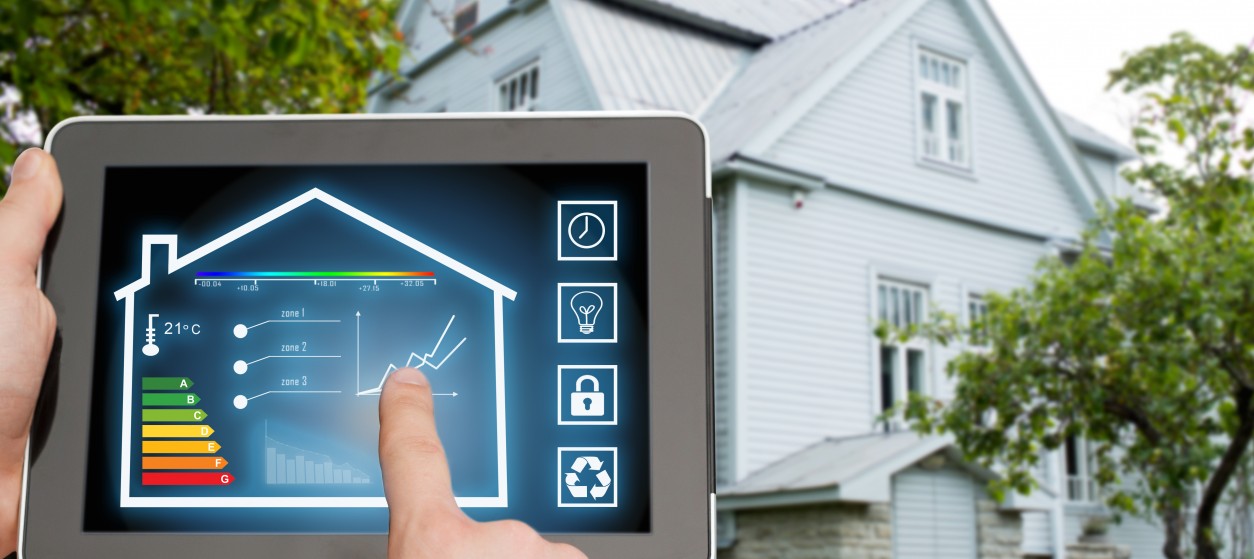During the past decade, the Internet of Things (IoT) has emerged as the next big thing. Billions of devices (sensors, controllers and actuators) are already connected to the internet through a variety of IoT platforms. There are estimates that there are already over 50 billion devices connected to the internet. IoT devices are embedded with smart IoT sensors, software, and network connectivity, which enable physical objects to connect and exchange data. IoT helps users optimize the processes in every domain ranging from retail to healthcare. Moreover, IoT devices provide a variety of benefits such as increased productivity, improved quality, reduced cost, and better customer service. The key factor for the successful implementation of IoT solutions is selecting the right device that suits the need of your business.
There is a large number of internet connected devices on the market these days. There are devices for every imaginable purpose: from coffee makers over light bulbs, heating and air conditioning to car e-keys, security systems or whole smart house. The variety of available device types makes it quite challenging to identify and select the best possible IoT device for an application at hand.
IoT Device Selection Criteria
To select what type of device is necessary to purchase, it is important to know, whether you need a functional device that can dramatically change a business or solve a specific problem, or whether it is just a toy. Moreover, there is a variety of other criteria that can be used for selecting the device and the IoT technology that best suit a given set of business requirements. Choosing the most appropriate IoT device for your business can be a daunting task. A quick search on Google reveals thousands upon thousands of devices that are available in the market. Determining what is best for your business will require a detailed analysis of the project-related requirements and constraints. To help you with this process, we have developed a list of criteria to consider when selecting an IoT device. Specifically, the following criteria should be considered:
- Cost of the Device: The cost of IoT devices varies according to its functionality. If you are planning to deploy many IoT devices at your organization then you need to consider the cost factor also. You can choose from a variety of low-cost devices like Raspberry Pi which is capable enough to perform all basic functions to higher cost, yet more versatile and functional devices.
- Size of the Device: The size of the device is one more crucial factor that needs to be considered while choosing an IoT device for your organization. Some IoT devices are available in small sizes that can be easily fit into almost any place whereas some other larger devices require a larger space for installation purposes. It is usually better to look for a small-sized device which provides all necessary functions at a lower price.
- Resilience in harsh environments: For some applications, the IoT device should be able to withstand extreme temperatures, humidity, and pressure and it should be immune to electromagnetic waves and vibrations. This is for example crucial for companies that are involved in oil and gas extraction, mining or manufacturing.
- Sustainability and Energy Efficiency: The power efficiency of the device is also important towards meeting certain business requirements. Specifically, there are cases where the IoT device should be able to run for a long time without the need of being recharged or have an easy way to be recharged. In addition to reducing energy consumption, your device should run on alternative power sources like solar panels or wind turbines in case traditional power supplies are unavailable (e.g., if there is no electricity grid). Such devices are a must for companies that operate in remote areas.
- Integration capabilities like APIs and software: Most applications need IoT devices be equipped with standard APIs so it can be easily integrated with third-party applications as well as with your own system without extra development costs. Hence, it is important to factor the quality and versatility of the APIs in the selection decisions.
- Connectivity Options: This is a key element for any IoT device. It will depend on the product and its purpose, but connectivity is what makes IoT devices internet connected objects. Hence, during the selection process one must consider the connectivity options offered by the device, as well as how these options match the requirements of the deployment environment.
- Data storage: Some IoT devices might need to store data locally, while others do it in the cloud. A combination of both will give you more options and flexibility. Therefore, deployers are likely to consider the data storage options in their decisions.
- Device management: There are use cases where many devices must be deployed and used. In such cases, deployers can greatly benefit from versatile, intelligent and automated device management processes. The latter are therefore frequently considered in the device selection process.
The above listed of selection criteria is non-exhaustive. You may also need to evaluate other criteria like the speed of the device’s processor, its memory capacity, as well as its battery life. Furthermore, selection decisions might also factor additional non-functional features such as the cloud integration features of the device. When it comes to integrating multiple devices to the cloud, application integrators must benefit from the capacity, scalability and quality of service of cloud computing. Therefore, ease of cloud integration is also to be considered in the selection process.
Weighting the Criteria
Since there are many criteria for selecting the proper IoT device, we recommend developing a scoring formula that weights the different factors such as cost, performance, security, etc. This will allow you to narrow down your options when selecting the right device. As part of the scoring formula, it is possible to weight different criteria in terms of their appropriateness to fulfill the business requirements at hand. In cases of different selection processes the various criteria can be adjusted accordingly. A scoring formula can enable a balanced scorecard that ranks the different devices. Based on this ranking the best 3-4 options can be shortlisted.
Prior to selecting one of the short-listed options, it is always a good idea to test them under realistic conditions. In this direction, it is possible to use the developer kit that usually comes with the device. The sooner you can get your hands on a device, the sooner you can start testing it and finding out whether it fits your needs. In many cases, it is possible to integrate the developer kit with an open platform such as Arduino or Raspberry Pi that allows the setup of a realistic multi-device testing environment.
Overall, finding the best device out of thousands of device types can be a challenging task. Understanding the different selection criteria and their relevant importance in fulfilling specific business requirements is the first step of the selection process. Scoring and ranking the different options is another important step. Finally, testing the device in pragmatic conditions is the final step that will conclude the process and maximize the chances of a successful deployment.










